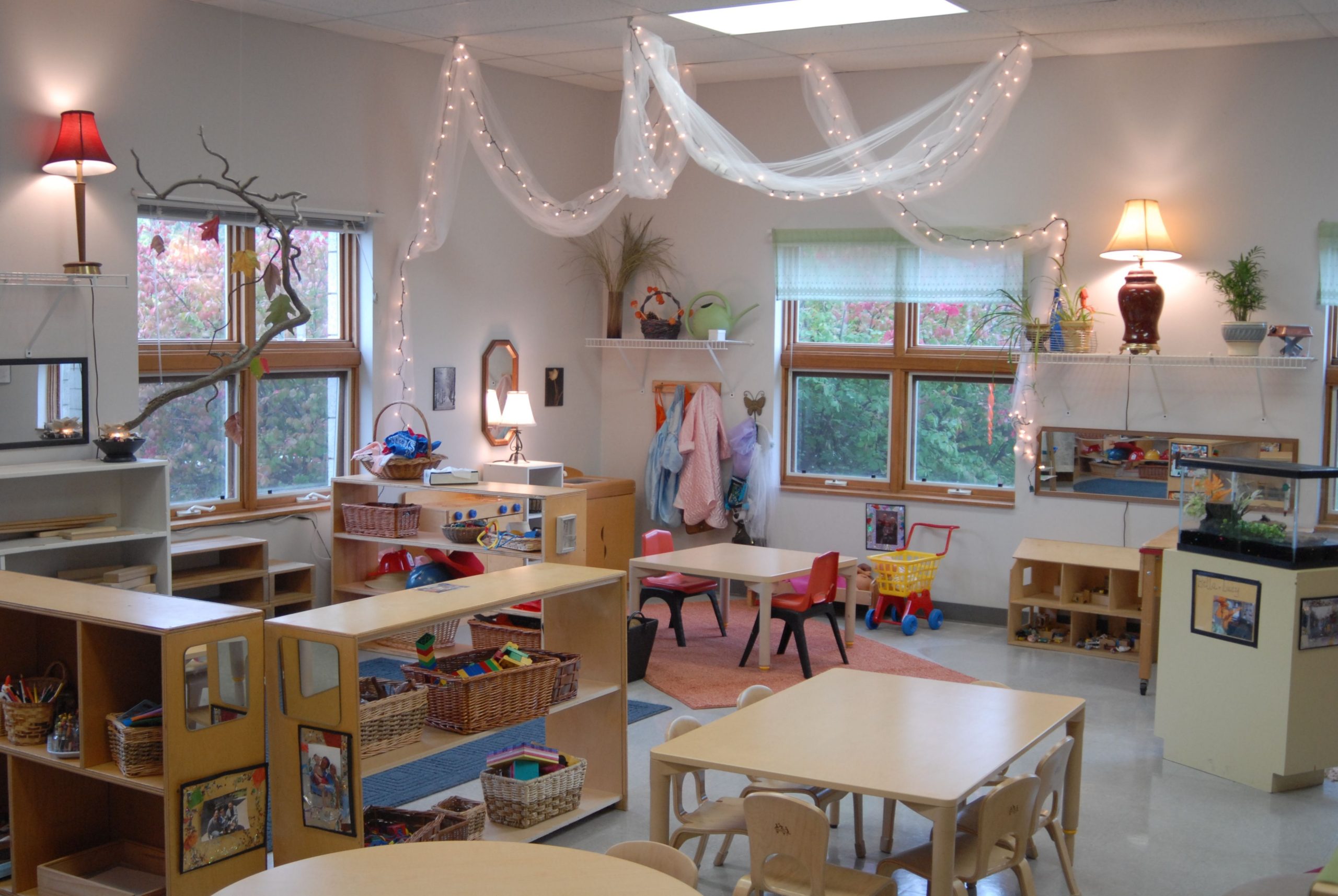When it comes to early childhood education, there are numerous approaches and philosophies that educators can choose from. One of the most innovative and effective approaches is the Reggio Emilia approach, which was developed in the town of Reggio Emilia, Italy, after World War II. This approach is grounded in the belief that children are capable, curious, and full of potential, and it has been proven to be highly effective in nurturing young minds and fostering a lifelong love of learning.
What is the Reggio Emilia Approach?
The Reggio Emilia approach is a child-centered educational philosophy that emphasizes the importance of the child as an active participant in their own learning. This approach views children as competent and capable individuals who are full of curiosity and creativity. It also places a strong emphasis on the role of the environment in the learning process, with classrooms designed to be inviting, stimulating, and filled with natural materials and resources.
Key Principles of the Reggio Emilia Approach
1. The Image of the Child
Central to the Reggio Emilia approach is the belief that children are capable, curious, and competent learners. Educators view children as active participants in their own learning and strive to create an environment that reflects this belief.
2. The Role of the Educator
In the Reggio Emilia approach, educators are seen as partners and collaborators in the learning process. They observe, document, and facilitate the learning experiences of children, while also valuing and incorporating their ideas and interests into the curriculum.
3. The Environment as the Third Teacher
The physical environment plays a crucial role in the Reggio Emilia approach, with classrooms designed to be beautiful, inspiring, and thoughtfully organized. Educators carefully curate materials, resources, and experiences that encourage exploration, creativity, and collaboration among children.
4. Documentation and Reflection
Documentation is an integral part of the Reggio Emilia approach, with educators observing and documenting the learning experiences of children through a variety of mediums, such as photographs, videos, and written reflections. This documentation not only serves as a record of children’s learning but also as a tool for reflection and assessment.
Benefits of the Reggio Emilia Approach
The Reggio Emilia approach offers numerous benefits for children, educators, and parents alike. Some of the key benefits include:
1. Fostering Creativity and Critical Thinking
By placing a strong emphasis on creativity, collaboration, and exploration, the Reggio Emilia approach helps children develop critical thinking skills and a lifelong love of learning.
2. Building Strong Relationships
Through their active participation in the learning process, children develop strong relationships with their peers, educators, and parents, fostering a sense of community and belonging in the classroom.
3. Supporting Language and Literacy Development
Language and literacy are integrated into all aspects of the Reggio Emilia approach, with children encouraged to express themselves through various mediums, such as art, music, and storytelling.
4. Nurturing Independence and Responsibility
By treating children as competent and capable individuals, the Reggio Emilia approach helps children develop a sense of independence and responsibility for their own learning and actions.
Implementing the Reggio Emilia Approach in Early Childhood Settings
While the Reggio Emilia approach has its roots in Italy, it has been adopted and adapted by early childhood educators all over the world. Implementing this approach in early childhood settings requires a commitment to the core principles of the Reggio Emilia philosophy, as well as a willingness to continually reflect, learn, and grow as an educator.
Some key strategies for implementing the Reggio Emilia approach include:
Creating a welcoming and stimulating environment that reflects the interests and abilities of children.
Encouraging open-ended exploration and discovery through hands-on, project-based learning experiences.
Collaborating with children, parents, and colleagues to design a curriculum that is responsive to the needs and interests of individual children.
Documenting and reflecting on children’s learning experiences through a variety of mediums.
Continuously seeking professional development opportunities to deepen understanding and practice of the Reggio Emilia approach.
Conclusion
The Reggio Emilia approach is a powerful and transformative philosophy that has the potential to revolutionize early childhood education. By viewing children as capable, curious, and competent learners, educators can create rich, meaningful learning experiences that inspire creativity, collaboration, and critical thinking. Implementing the Reggio Emilia approach requires dedication, reflection, and a commitment to fostering a love of learning in young children. As educators continue to explore and embrace this innovative approach, the future of early childhood education looks brighter than ever.
